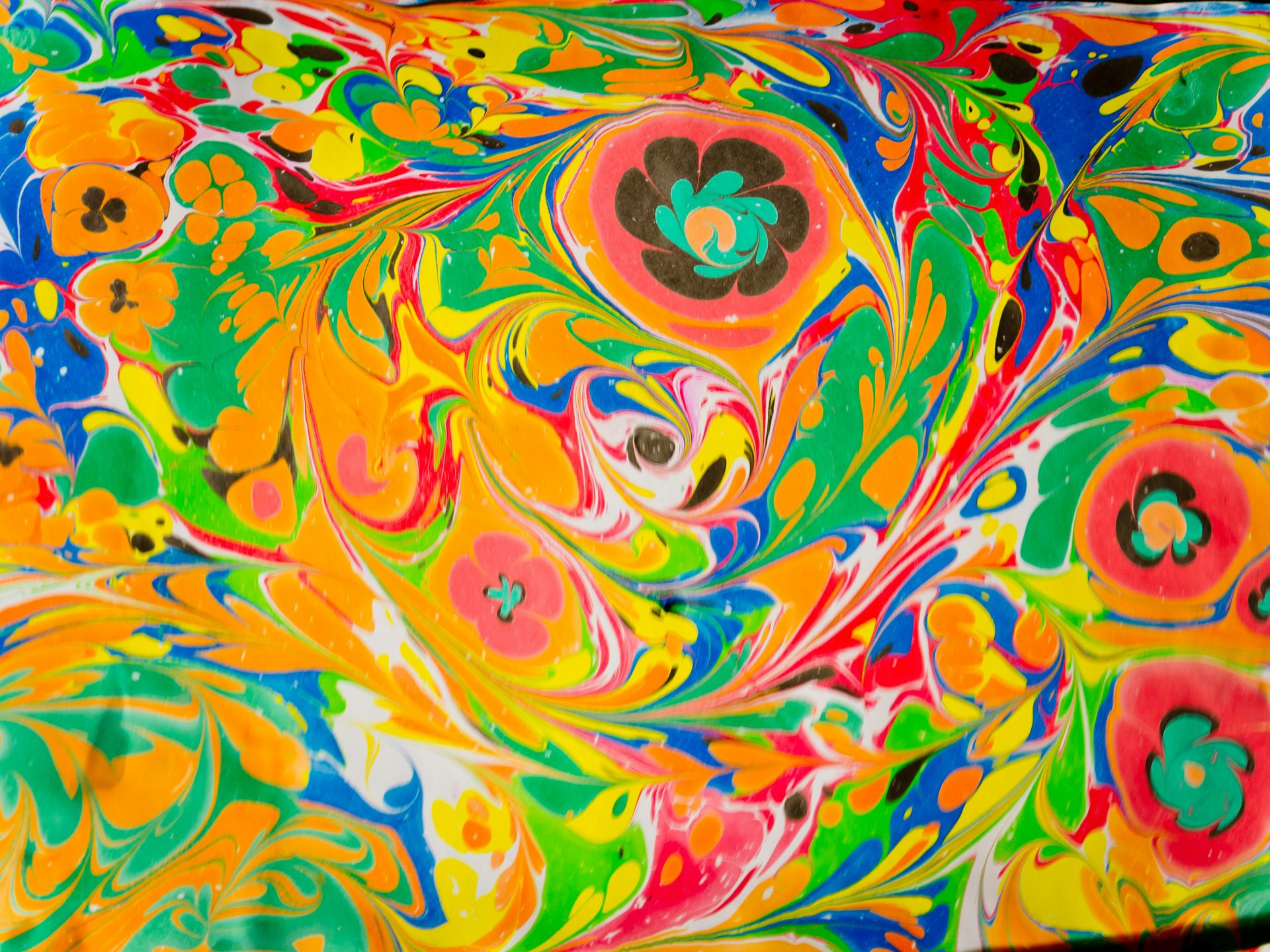Menhit: Lioness Goddess of War

Before diving in, please note: This post is for informational purposes only. If you’d like to know more about how we approach topics, feel free to check out our friendly Disclaimer Page.
Hey there, amazing readers! 🖐️ Just a quick note: yes, we know there are a lot of ads here. Trust us, we get it—it’s not the prettiest look, but they help us keep this blog alive and kicking. Those pesky little ads cover the costs of all the behind-the-scenes magic, from hosting and tech stuff to creating content we hope you’ll love.
We’re committed to delivering quality posts, and your support (even just sticking around despite the ads) means everything to us. So, bear with us, and thanks for helping us keep the good vibes rolling. Now, on to the fun stuff! 😉
TRANSLATE BUTTON AT THE END OF THE ARTICLE
A Quick Overview
Menhit is a lesser-known ancient Egyptian goddess who was revered as the lioness goddess of war.
She was believed to possess immense strength and ferocity, often depicted as a lioness or as a woman with a lioness head.
Menhit played a significant role in Egyptian mythology and society, particularly in matters of battle and warfare.
In this article, we will delve into the origins, mythology, symbolism, and worship of Menhit, shedding light on her importance in ancient Egyptian culture.
Origins and Mythology of Menhit
Menhit’s origins can be traced back to the early periods of ancient Egyptian history.
She was often associated with Sekhmet, another lioness goddess of war, and Bastet, the goddess of protection.
Menhit was believed to be the wife of the god of war, Montu, and together they formed a formidable pair in Egyptian mythology.
Menhit was depicted as a fierce warrior who protected the pharaoh and the Egyptian people in times of conflict.
Menhit’s Role in Ancient Egyptian Society
In ancient Egyptian society, Menhit was revered as a powerful and protective deity.
She was often invoked in times of war and battle, with warriors seeking her strength and courage to emerge victorious on the battlefield.
Menhit was also associated with justice and order, ensuring that the balance of Ma’at, the cosmic order, was maintained in the mortal realm.
As a lioness goddess, Menhit symbolized strength, bravery, and the fierce protection of the Egyptian people.
Depictions of Menhit in Art and Hieroglyphics
Menhit was typically depicted as a lioness or as a woman with the head of a lioness.
In Egyptian art and hieroglyphics, she was often shown carrying a spear or a bow, ready for battle.
Menhit’s fierce and regal appearance reflected her role as a warrior goddess, instilling fear and respect in those who worshipped her.
Her image adorned temples, tombs, and monuments across Egypt, serving as a symbol of protection and strength.
Menhit’s Symbolism and Attributes
As the lioness goddess of war, Menhit symbolized courage, strength, and protection.
She was associated with the fierce power of the lioness, known for her ferocity and agility in battle.
Menhit’s attributes included the ability to inspire fear in enemies, as well as the capacity to defend and safeguard her worshippers.
She was also linked to the sun god Ra, embodying the fiery energy and vitality of the sun in her role as a protective deity.
Rituals and Offerings to Menhit
Worshippers of Menhit would often perform rituals and offer sacrifices to honor her as the goddess of war.
These rituals typically involved prayers for victory in battle, as well as offerings of incense, food, and precious objects.
Warriors would seek Menhit’s favor before going into combat, asking for her protection and strength to guide them through the trials of war.
Temples dedicated to Menhit served as sacred spaces for these rituals, where priests and devotees could commune with the goddess.
Menhit’s Temples and Worship Sites
Menhit was worshipped in various temples and shrines throughout ancient Egypt, with prominent centers of worship in Thebes, Karnak, and Luxor.
These temples were dedicated to her as the lioness goddess of war, where priests conducted ceremonies and rituals in her honor.
The cult of Menhit flourished during the New Kingdom period, with offerings and prayers made to ensure the goddess’s benevolence and protection.
The temples of Menhit served as focal points for the community, fostering a sense of unity and devotion among her worshippers.
Menhit’s Relationship with Other Egyptian Deities
Menhit had close associations with other Egyptian deities, particularly Montu, the god of war, and Sekhmet, the lioness goddess of destruction.
Menhit and Montu were often depicted together in battle scenes, symbolizing the union of courage and strength in times of conflict.
Sekhmet, on the other hand, represented the destructive aspect of war, while Menhit embodied the protective and defensive qualities of combat.
Together, these deities formed a complementary triad of war and battle in Egyptian mythology.
Menhit’s Influence on Warfare and Battle
Menhit’s influence on warfare and battle was profound in ancient Egypt, where she was venerated as a guardian and protector of the pharaoh and his armies.
Warriors sought Menhit’s favor before going into battle, believing that her strength and ferocity would ensure their victory on the battlefield.
Menhit’s presence in the minds of soldiers instilled a sense of courage and determination, inspiring them to fight bravely in the name of their goddess.
Her role as the lioness goddess of war was crucial in shaping the outcome of conflicts and ensuring the safety of the Egyptian people.
Modern Interpretations of Menhit
In modern times, Menhit’s legacy as the lioness goddess of war continues to resonate with those who seek strength, courage, and protection.
Her image has been reinterpreted in art, literature, and popular culture, reflecting her enduring influence on themes of battle and conflict.
Menhit’s symbolism as a fierce and protective deity appeals to those who admire her qualities of bravery and resilience.
Some modern practitioners of Egyptian spirituality honor Menhit as a powerful goddess of war, invoking her guidance and protection in times of struggle or adversity.
Menhit’s Legacy in Egyptian Culture
Menhit’s legacy in Egyptian culture is a testament to her enduring importance as a goddess of war and protection.
Her presence in temples, tombs, and monuments across Egypt reflects the reverence that ancient Egyptians held for her as a powerful and benevolent deity.
Menhit’s influence on warfare, battle, and the protection of the pharaoh and his people shaped the religious beliefs and practices of the time, instilling a sense of unity and purpose among worshippers.
Today, Menhit’s legacy lives on in the hearts and minds of those who honor her as a symbol of strength and courage.
Honoring Menhit in the Present Day
For those who wish to honor Menhit in the present day, there are various ways to pay tribute to the lioness goddess of war.
Offerings of incense, food, and symbolic objects can be made in her name, accompanied by prayers for strength, protection, and courage.
Meditating on Menhit’s qualities of bravery and resilience can also help to cultivate these attributes in one’s own life.
Creating art or poetry inspired by Menhit’s fierce and regal presence can serve as a creative expression of devotion to the goddess.
By honoring Menhit in these ways, modern worshippers can connect with her ancient legacy as a guardian and protector in times of conflict and adversity.
Conclusion
Menhit, the lioness goddess of war, stands as a powerful and protective deity in ancient Egyptian mythology and culture.
Her origins, symbolism, and influence on warfare and battle have left a lasting legacy that continues to resonate with those who seek strength, courage, and protection.
Through rituals, offerings, and devotion, worshippers can honor Menhit as a symbol of bravery and resilience in the face of adversity.
Her presence in temples, art, and literature reflects the reverence and awe that ancient Egyptians held for the fierce and regal goddess of war.
As a guardian and protector, Menhit’s legacy endures as a timeless testament to the enduring strength and courage of the human spirit.

The Enlightenment Journey is a remarkable collection of writings authored by a distinguished group of experts in the fields of spirituality, new age, and esoteric knowledge.
This anthology features a diverse assembly of well-experienced authors who bring their profound insights and credible perspectives to the forefront.
Each contributor possesses a wealth of knowledge and wisdom, making them authorities in their respective domains.
Together, they offer readers a transformative journey into the realms of spiritual growth, self-discovery, and esoteric enlightenment.
The Enlightenment Journey is a testament to the collective expertise of these luminaries, providing readers with a rich tapestry of ideas and information to illuminate their spiritual path.
Our Diverse Expertise 🌟
While our primary focus is on spirituality and esotericism, we are equally passionate about exploring a wide range of other topics and niches 🌍📚. Our experienced team is dedicated to delivering high-quality, informative content across various subjects ✨.
To ensure we provide the most accurate and valuable insights, we collaborate with trusted experts in their respective domains 🧑🏫👩🏫. This allows us to offer well-rounded perspectives and knowledge to our readers.
Our blog originally focused on spirituality and metaphysics, but we’ve since expanded to cover a wide range of niches. Don’t worry—we continue to publish a lot of articles on spirituality! Frequently visit our blog to explore our diverse content and stay tuned for more insightful reads.






